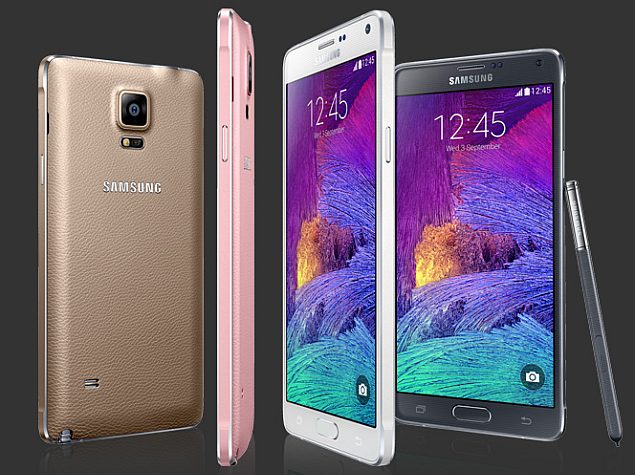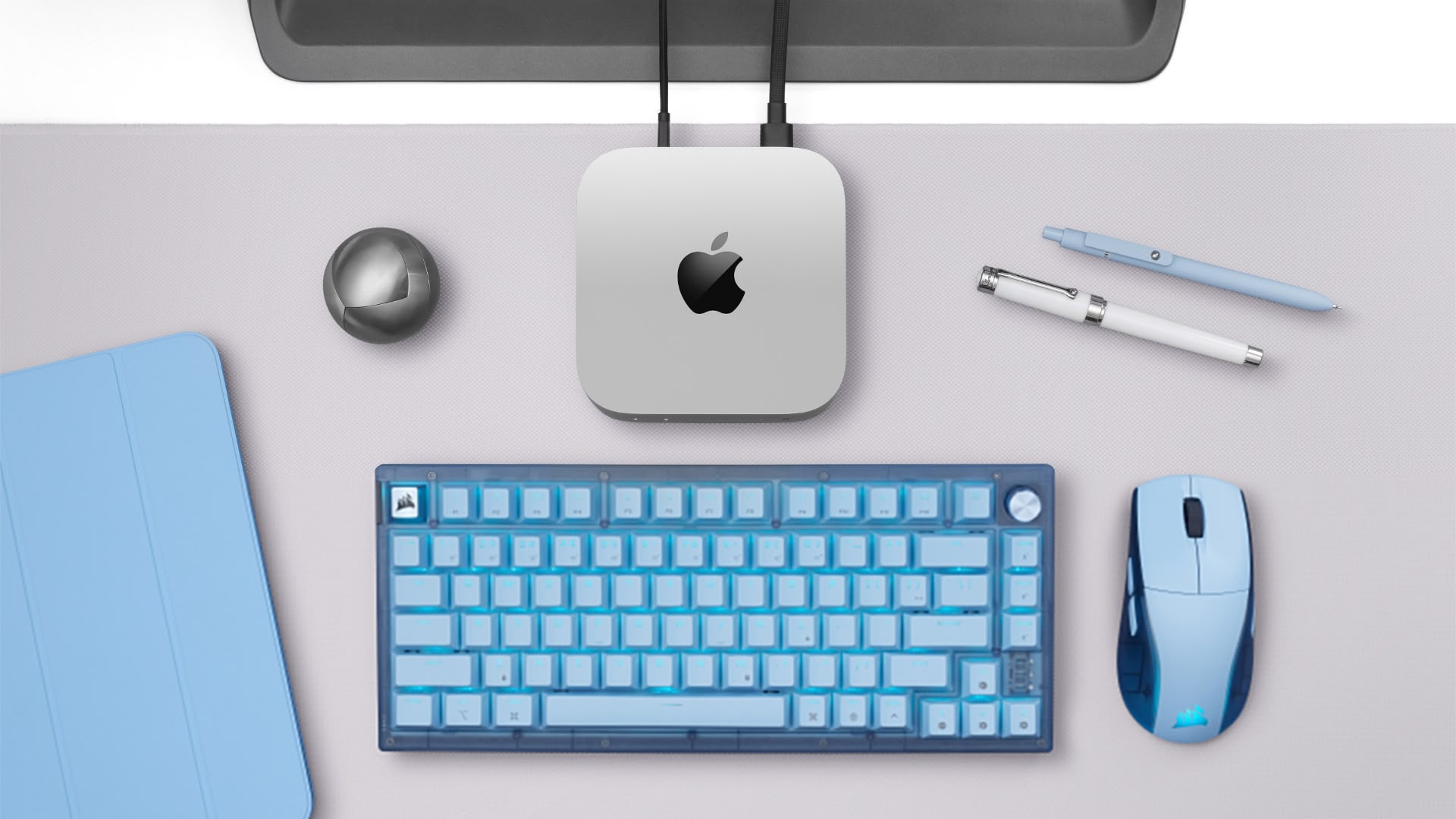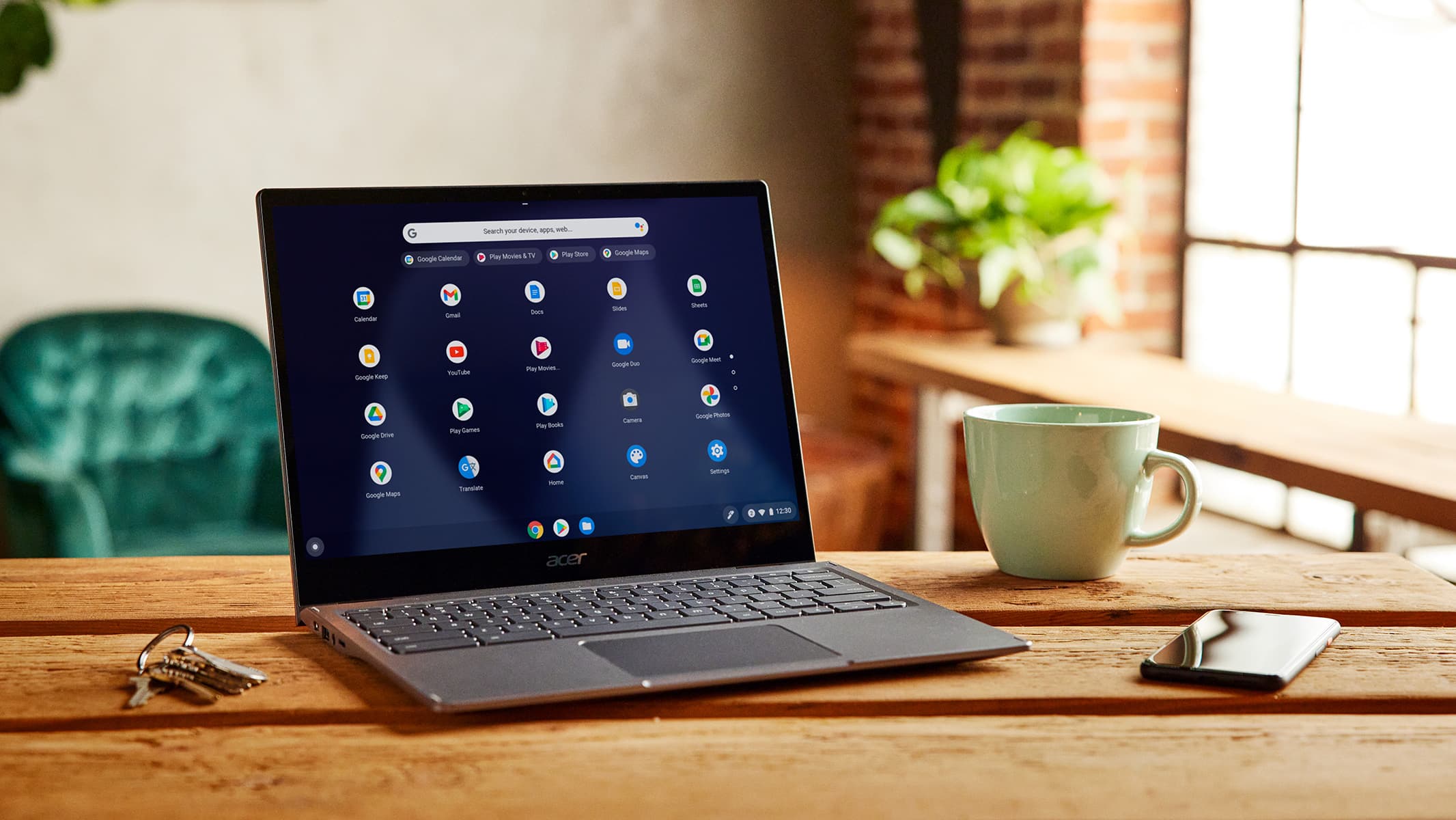Galaxy Note 4 launched at Rs 58,300 highlights Samsung’s misplaced priorities in the Indian smartphone market
Samsung today launched the Galaxy Note 4 in India at a whopping Rs 58,300. Loaded with top class hardware like a 2K display, a 16-megapixel camera with optical image stabilization and the latest and fastest processors available in the market, the Galaxy Note 4 not only screams of being the best Android smartphone money can buy but also highlights Samsung’s misplaced priorities in the Indian smartphone market.
The Galaxy Note 4 comes after the disappointing performance of its earlier flagship devices starting from the Galaxy S4 last year, followed by the Galaxy Note 3 and most recently the Galaxy S5. Mind you, all of these devices had great hardware and were truly flagship smartphones in every sense. In fact, I recommended the Galaxy Note 3 if you were in the market to buy the latest and greatest Android smartphone.
But unfortunately for Samsung, a mix of product life cycle and pricing strategy decisions, as well as a poor understanding of market dynamics and the emergence of stronger competition ensured its recent flagship smartphones never really took off in the market.
Since the Galaxy S4, all of Samsung’s flagship smartphones have been minor updates with no compelling reason for the user to upgrade from an older flagship to the latest one. Unless, of course, someone just wanted to have the latest expensive smartphone to flaunt. Even new buyers got better value for money buying the previous generation flagship smartphone than going for the latest one. Samsung not only offered steep price cuts on its older flagship products but also kept them alive for a longer duration.
Samsung mastered the art of skimming consumers by making its flagship smartphones available only at Samsung exclusive stores where it sold at MRP for a fortnight before coming to other multi-brand retailers where the devices eventually sold at market operative prices, which was often lower by as much as 10 percent. That was the case until earlier this year when Samsung launched the Galaxy S5.
The Galaxy S5 saw its price erode by as much as 30 percent within two months of its launch. Samsung India maintains that the official price wasn’t dropped but the smartphone which was launched at Rs 51,500 was available on most online retailers for as low as Rs 36,000. When consumers refused to buy the overpriced smartphone when they got better value for money and features that mattered to them for cheaper from other brands, retailers gave away buyback schemes and their margins as cash discounts to get rid of their inventory.
Samsung’s overpricing mechanics don’t apply to flagship smartphones alone. Take a look at the Galaxy Note 3 Neo, which was launched in late February for Rs 40,900. It is now available for as low as Rs 27,000 on most online retail stores – a price drop of 35 percent within eight months!
Samsung’s fickle pricing mechanism has ensured buyers have stayed away from its high-end smartphones. But its problems don’t arise out of its pricing woes alone. Indian consumers have realized they don’t need the most expensive smartphone out there to get the best user experience.
Take the Galaxy Note 3, for instance. With a 5.7-inch full HD display, 3GB RAM and a 13-megapixel camera, it is a solid phablet. Apart from the evolutionary processor update, the only new things the Galaxy Note 4 really brings to the table is a 16-megapixel optical image stabilization and a 2K display. But the Galaxy Note 4 has been launched at Rs 58,300, while the Galaxy Note 3 is easily available for Rs 40,000 in the market. The point being, Samsung’s previous generation Note phablet is good enough for most buyers to not spend the additional Rs 18,000 for frivolous features.
Even the new features that Samsung is asking for a premium are available on other smartphones for even lower price than what Samsung is commanding for last year’s Galaxy Note 3. Take the Lenovo Vibe Z2 Pro. It features a 6-inch 2K display, 16-megapixel camera, Qualcomm’s Snapdragon 801 processor, 3GB of RAM and 32GB of internal storage. Priced at just Rs 32,399, it also comes with a 4,000mAh battery, dual-SIM card slot and comes with an option where you can change the OS to stock Android! All this at almost half the price of the Galaxy Note 4.
|
Features |
Samsung Galaxy Note 4 |
Samsung Galaxy Note 3 |
Lenovo Vibe Z2 Pro |
|
Dimensions |
153.5 x 78.6 x 8.5 mm | 151.2 x 79.2 x 8.3 mm | 156 x 81.3 x 7.7 mm |
|
Weight |
176 grams | 168 grams | 179 grams |
|
Display |
5.7-inch (1440×2560 pixels) (515ppi) | 5.7-inch (1920×1080 pixels) (386ppi) | 6-inch (2560×1440 pixels) (490ppi) |
|
Processor |
Snapdragon 805 quad-core | Exynos 5 Octa 5420 (Quad-core 1.9 GHz Cortex-A15 & quad-core 1.3 GHz Cortex-A7) | 2.5GHz Snapdragon 801 quad-core |
|
RAM |
3GB | 3GB | 3GB |
|
Storage |
16/32GB expandable | 32GB expandable | 32GB expandable |
|
Rear camera |
16-megapixel | 13-megapixel | 16-megapixel |
|
Front camera |
3.7-megapixel | 2-megapixel | 5-megapixel |
|
Battery |
3,220mAh | 3,200mAh | 4,000mAh |
|
Android OS |
4.4.2 KitKat | 4.4 KitKat | 4.4.2 KitKat |
|
Price |
Rs 58,300 | Rs 38,000 | Rs 32,999 |
And this doesn’t apply only to Samsung’s flagship products. Take Motorola, for instance. With great hardware, almost stock Android and incredible pricing, it managed to sell over a million smartphones within the first five months. This is when Motorola had an online-only retail model and didn’t have the marketing muscle that Samsung can afford.
The Moto E, for instance, provides features at Rs 6,999 that no other Samsung smartphone priced under Rs 10,000 can match. Even if Samsung reduces prices of any of its smartphones to bring specification-price parity, none of its existing models in that range can offer water and dust resistance, an all day battery life and stock Android. The closest that Samsung has come to the Moto E in terms of specifications is the Galaxy S Duos 2, which is priced at approximately Rs 9,000. Even then, it loses out on some specifications.
|
Features |
Motorola Moto E |
Samsung Galaxy S Duos 2 |
|
Dimensions |
124.8 x 64.8 x 12.3 mm | 121.5 x 63.1 x 10.6 mm |
|
Weight |
142 grams | 118 grams |
|
Display |
4.3-inch qHD (256ppi) | 4-inch WVGA (233ppi) |
|
Processor |
1.2GHz Snapdragon 200 dual-core | 1.2GHz dual-core Cortex-A9 |
|
RAM |
1GB | 768MB |
|
Storage |
4GB expandable | 4GB expandable |
|
Rear camera |
5-megapixel | 5-megapixel |
|
Front camera |
– | VGA |
|
Battery |
1,980mAh | 1,500mAh |
|
Android OS |
4.4.4 KitKat | 4.2 Jelly Bean |
|
Price |
Rs 6,999 | Rs 8,999 |
It seems Samsung has forgotten the price sensitivity nature of the Indian consumer. It has never been about being able to get the best hardware specifications you can buy by throwing the most money. For Indian consumers it has always been about the best hardware they can get at their budget. Samsung has failed to get that right across price points.
The success of brands like Xiaomi, which has sold tens of thousands of smartphones in a matter of seconds is a constant reminder of Samsung’s failure to understand the Indian market. And as smartphones become more commoditized, Samsung would continue finding it more difficult to seek a premium on its smartphones.
SOURCE:CNN-IBN,BGR





